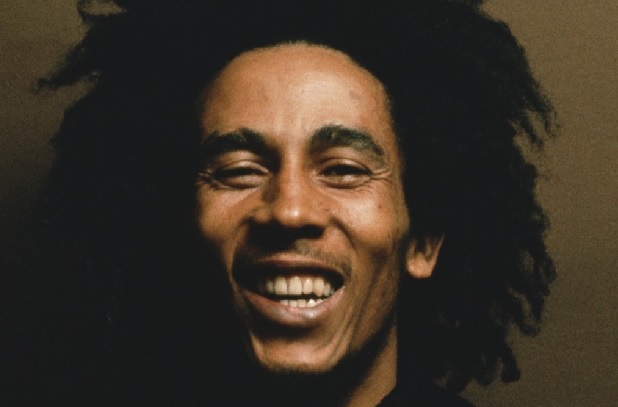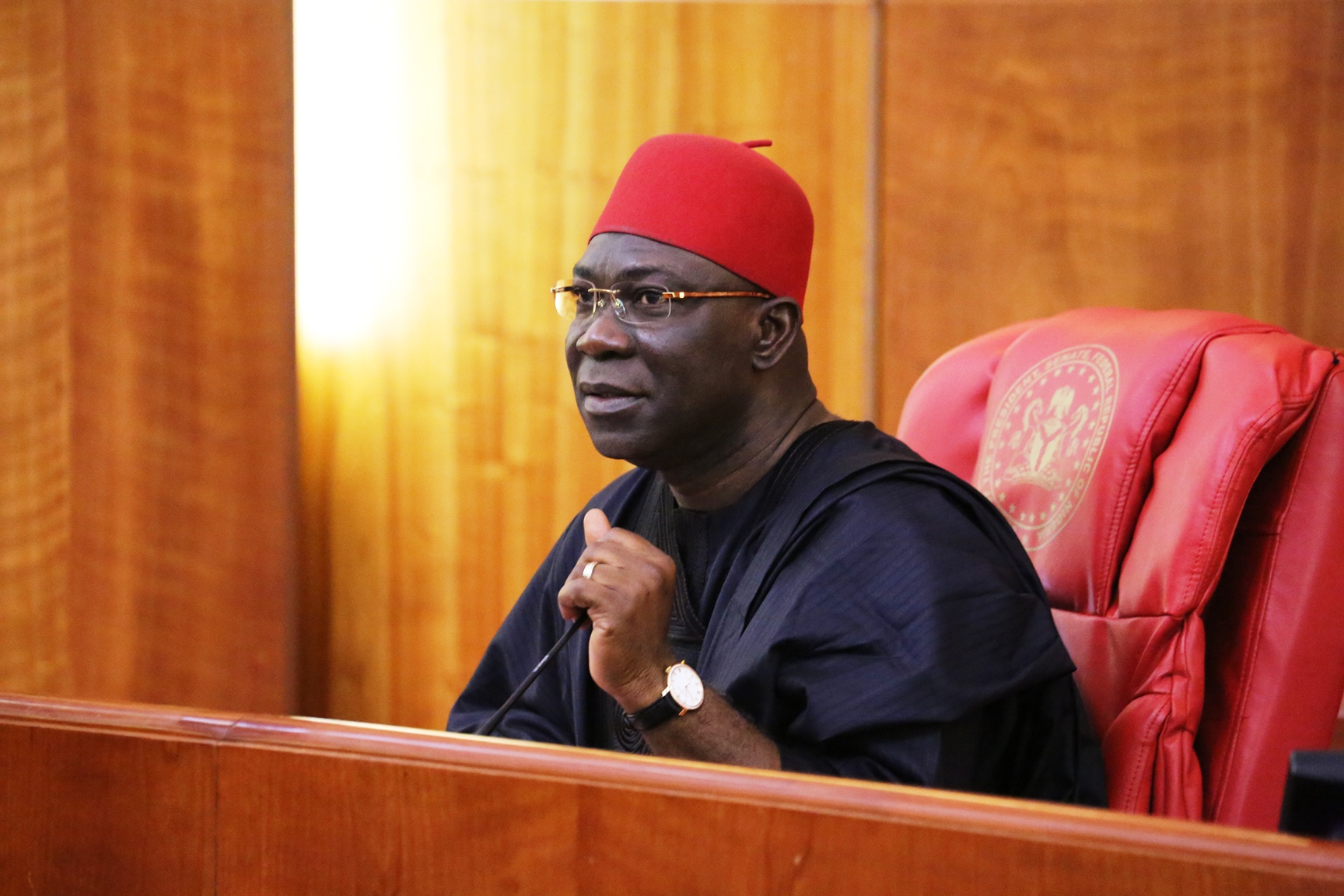He was one of the most-followed musical artistes of the late 70s and early 80s; and although not many music lovers around the world remember that it is now 34 years since his passing, his status as the all-time greatest ambassador of reggae music has never been threatened.
Born on February 6, 1945, on the farm of his maternal grandfather in Nine Mile, St Ann Parish, Jamaica, Robert Nesta “Bob” Marley had a difficult childhood, being the son of a black teenage mother and a white father who was never fully part of his life.
Contrary to what post-Marley-era reggae lovers might have imagined, his early-music venture was far from successful. But by his death on May 11, 1981, at only 36 years, Marley was a recipient of a long list of global awards in music and beyond, subsequently occupying 11th place on Rolling Stone’s list 100 Greatest Artistes of All Time.
Rather than brooding over what might have been were he alive today, Marley’s death anniversary offers yet another opportunity to relive some of the sterling qualities that defined his career:
Advertisement
TOUGHNESS
Bob Marley grew up in Trenchtown, a Kingston slum, at a time when Jamaica had scant regard and limited opportunities for blacks. His long line of odd jobs included stints as a welder in Kingston 1961, as a lab assistant at Du Pont, as a forklift in a storeroom, and as an assembly-line worker at Chrysler — all of the last three in Delaware, in 1966. In all of these places, especially in Trenchtown, he faced a hostile, anti-Black environment. And he defended himself so well that he earned the sobriquet, Tuff Gong.
ALLIANCE
Marley arrived at Trenchtown (considered the Motown of Jamaica but notoriously one of the city’s poorest neighbourhoods) in the late 50s and — like the few youths averse to the ghetto’s criminal ways — immediately turned to music. Leslie Kong, a local record producer, rated Marley’s initial vocals very highly and initiated the recording of a few singles.
Judge Not, the first, was released in 1962 to underwhelming local acclaim. However, his stock began to rise when he merged with his friends — Neville “Bunny” O’Riley Livingston and Peter McIntosh (later known as Peter Tosh) — to form The Wailing Wailers in 1963. Simmer Down, their first effort, went atop the Jamaican charts in 1964; and Marley’s musical trajectory had embarked on an upward swing that would transcend the Caribbean.
Advertisement
RESILIENCE
That Marley hit success with The Wailers was no indication that the group did not have its share of life’s vicissitudes. In 1964, a year after its formation, Junior Braithewaite, Beverly Kelso, and Cherry Smith joined. There were two more additions — bassist Aston “Family Man” Barrett and his drummer-brother, Carlton “Carlie” Barrett — in 1970.
But in the mid 70s, Bunny and Peter, the other two original founders of the group, broke away. Yet he continued recording as Bob Marley & The Wailers, counting on a backing band that included Aston and Carlie, and Junior Marvin, Al Anderson, Tyrone Downie, Earl Lindo, Alvin Patterson, and the ‘I Threes’. Did his career falter? It was after the break up, in fact, that he struck international stardom with No Woman No Cry, his first hit outside Jamaica. Rastafarian Vibration, the follow-up album released in 1976, equally enjoyed international acclaim.
PASSION
On December 3, 1976, Bob Marley was the target of an assassination attempt believed to be politically motivated. Rehearsing with his band two days before a concert at the National Heroes Park in Kingston, a group of gunmen struck, shooting Marley in the biceps and sternum; his wife, Rita, in the head; and manager Don Taylor five times.
All received treatments for their injuries, Taylor undergoing five surgeries in all. On December 5, 1976 (just two days after the attack), Marley turned up at the National Heroes Park (of all places!) against widespread advice, leading his band at the concert. The following day, though, he fled the country.
Advertisement
As it would later turn out, those were his last moments in Jamaica. That was because in July of the following year, he was diagnosed with malignant melanoma under the nail of a toe. The toe had to be amputated, according to the doctors. But amputation was a no-no for Marley and his religious beliefs; and by 1980, the cancer had spread round his body. His health so worsened that the September 23, 1981 concert at the Stanley Theatre, Pittsburgh, was his last.
Seeing that his battle with the ailment over the next eight months was headed for failure, Marley, then in Germany, boarded a plane headed for Jamaica. He wanted to see his beloved country one final time. But he only went as far as Florida, where he was hospitalised — and where he died.
His failed mission to physically reunite with Jamaicans notwithstanding, more than 30,000 of them graced his memorial service at the National Arena in Kingston. They all loved him, and so does the rest of the world, as his long list of posthumous awards attests.
Advertisement
1 comments







So Marley killed himself. Sad!